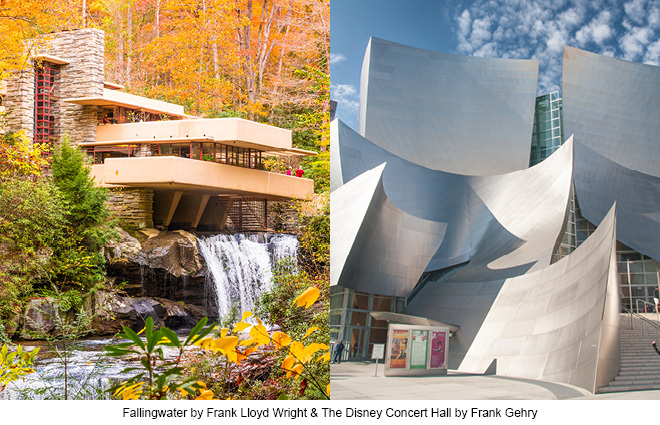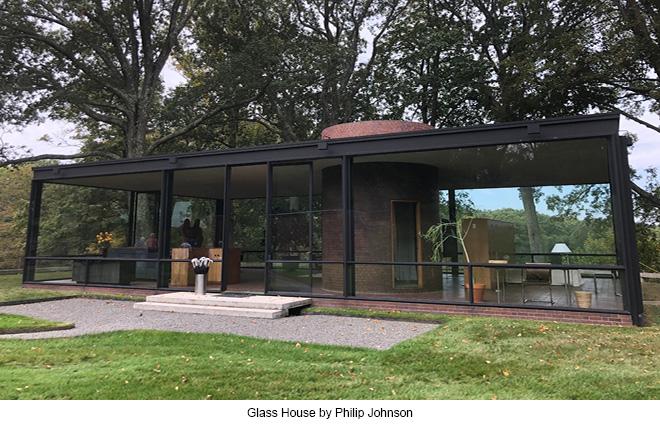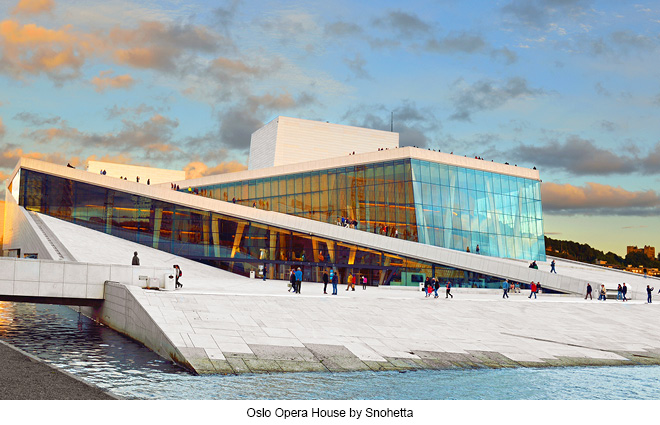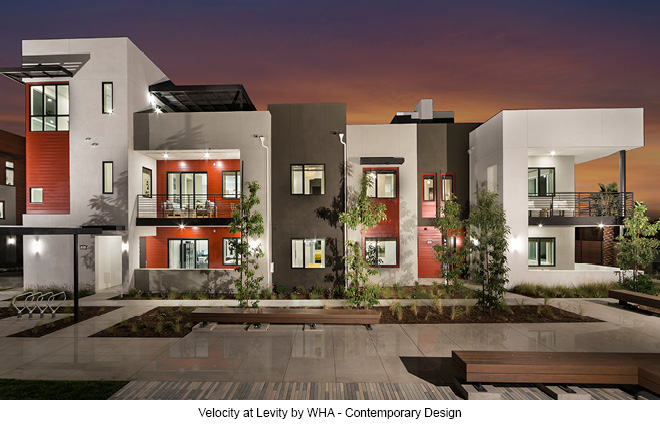Temporarily Modern

A modern aesthetic, a contemporary design: We hear and use these two words a lot in our profession, but what do they really mean? Are they interchangeable or more nuanced than they appear?
Webster’s Dictionary defines modern as “relating to, or characteristic of the present or immediate past.” Simple; right? The trouble is, Webster’s defines contemporary as “marked by characteristics of the present period.” Furthermore, both definitions mention the opposing word as a synonym for the other. On the surface, they appear quite similar, but let’s dive into the specifics of architectural application.

Modern architecture generally refers to a movement that focused on clean, simple forms without much ornamentation, often utilizing new materials such as glass, steel and concrete. This movement spans through much of the 20th century in the United States and parts of Europe; it includes the architecture of Frank Lloyd Wright, Ludwig Mies van der Rohe, and Louis Kahn, among others. In his book, The International Style: Modern Architecture Since 1922, Philip Johnson identified three principles of modern architecture: volume of space, regularity, and flexibility. With these features in mind, the birth of the skyscraper was made possible thanks to the advent of new construction techniques and materials.

Contemporary architecture simply refers to architecture of the 21st century and features a more global reach and less defined characteristics than its modern predecessor. Frank Gehry, Rem Koolhaus, and Zaha Hadid are names to know here. Advanced technologies and computer-aided design allow for more extravagant building forms, while the primary materials of steel, concrete, and large expanses of glass carry over from the previous century.
Today, modern and contemporary are often used synonymously, but in terms of architecture, the differences are clear. It can be a struggle to define the intrinsic variances between these two movements in words, so I will leave it like this: It would be difficult to mistake a work by Frank Lloyd Wright as being designed in this century, and likewise near-impossible to imagine the twisting, exaggerated forms of today’s structures being built in the previous century. There are differences, but you may have to see them to distinguish them.





Leave a Reply